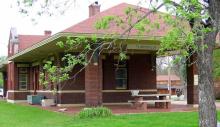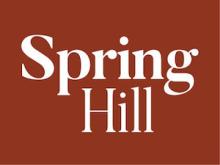Clarksville, Arkansas: It Started With SCADA
Supervisory control and data acquisition (SCADA) systems allow utility systems to gather and analyze real time data. The computer system reduces outages, keeps the utilities running efficiently, and allows staff to know where problems arise. Municipal utilities that use SCADA systems are increasingly taking the next step - using the fiber-optic infrastructure that supports SCADA to bring better connectivity to town. Clarksville took that route and is now considering ways to become one of the best connected communities in Arkansas.
"I Don't Think We're In Kansas Anymore"
As the seat of Johnson County, Clarksville is located in the northwest area of the state along I-40 and is home to just under 10,000 people living at the foothills of the Ozarks near the Arkansas River. The area is known for its scenery and its tasty peaches and every summer, the county holds a popular Peach Festival. The nearest urban areas are Little Rock, about 90 minutes to the east, and Fort Smith about an hour west.
Large employers in the community include University of the Ozarks, Tyson Foods, Haines, and Baldor, a motor and control manufacturing processor. There’s also a Walmart Distribution Center in Clarksville.
When he began as General Manager of Clarksville Light and Water (CLW) in 2013, John Lester realized that one of the challenges the municipal electric utility faced was that it did not have a SCADA system for managing the electric, water, or wastewater system communications. Even though the Clarksville utility system was well cared for and managed, a SCADA system could push it to the next level in efficiency and services.
Lester had been instrumental in optimizing the use of the fiber-optic network in Chanute, Kansas, which had been developed for the municipal utilities. He understood the critical nature of fiber connectivity to utility efficiency, public savings, and economic development. Over time, the Chanute network had attracted new jobs, opened up educational opportunities for K-12 and college students, and created substantial savings.




